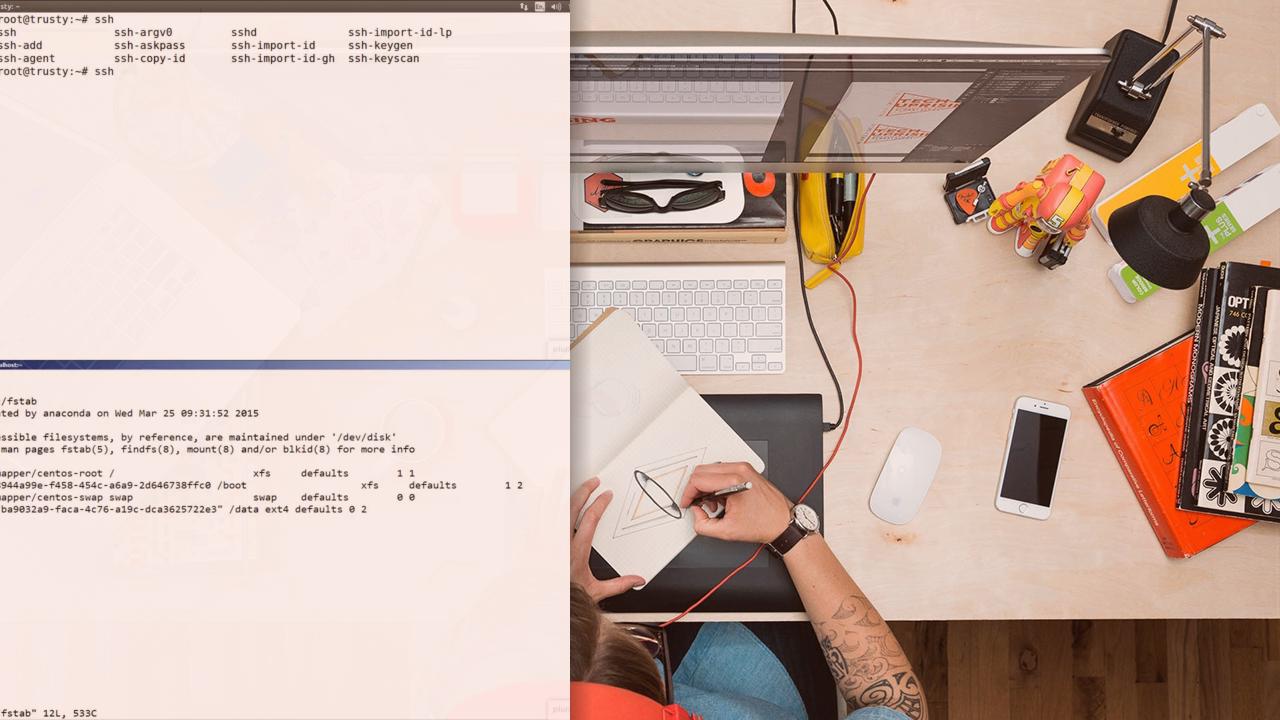- Course
Linux Advanced File System Management (LPIC-2)
Course 3 of 3 in preparation for the LPIC-2 201 exam covering objectives 203 and 204.

- Course
Linux Advanced File System Management (LPIC-2)
Course 3 of 3 in preparation for the LPIC-2 201 exam covering objectives 203 and 204.
Get started today
Access this course and other top-rated tech content with one of our business plans.
Try this course for free
Access this course and other top-rated tech content with one of our individual plans.
This course is included in the libraries shown below:
- Core Tech
What you'll learn
As the final course for exam 201, we look at two objectives: File System and Devices, and Advanced Storage Device Administration. We are going to take on the discovery journey of XFS, BTRFS, and EXT4 before moving into iSCSI and RAID.

